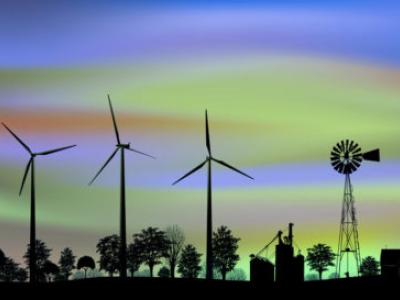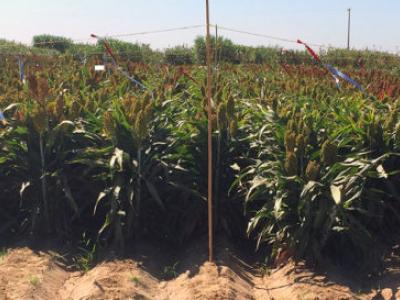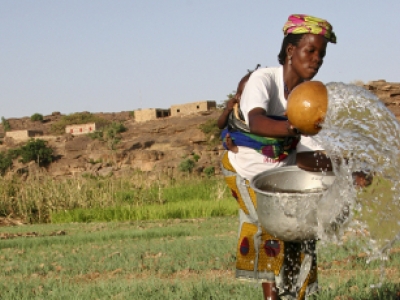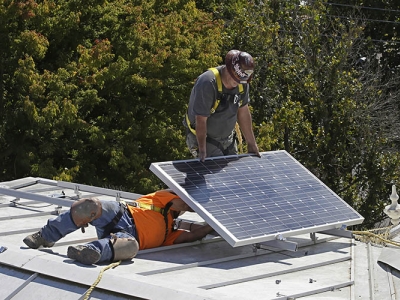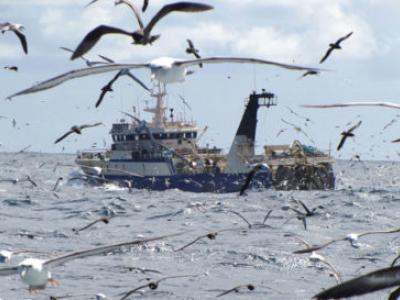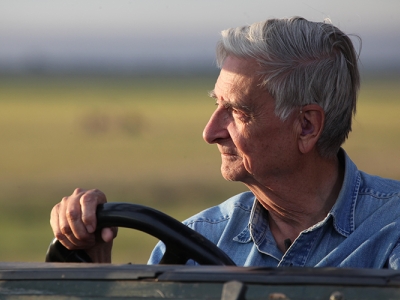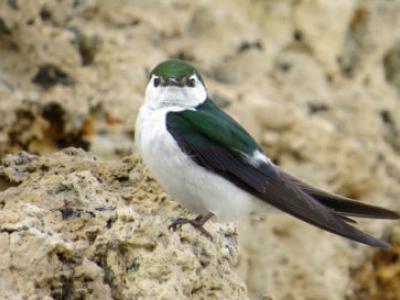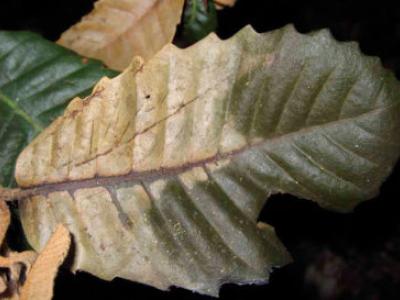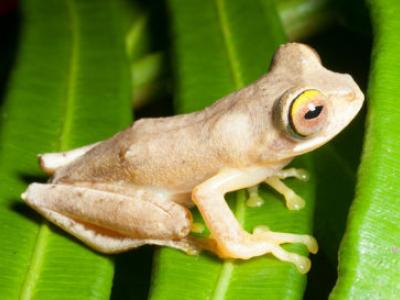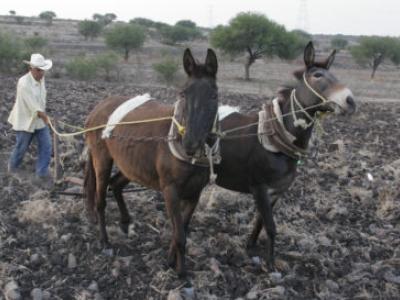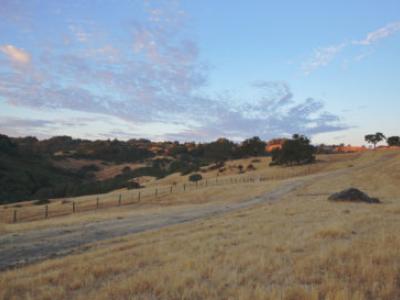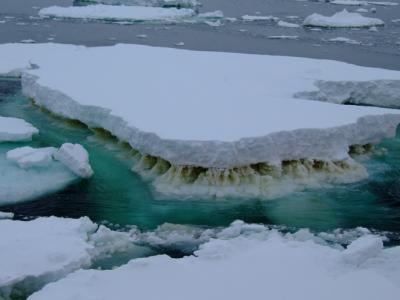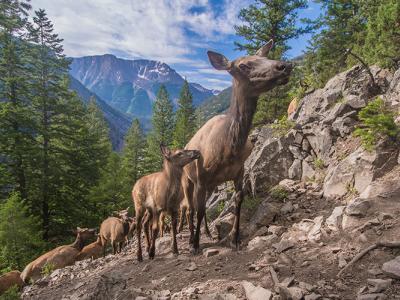In a new commentary published in Nature, three UC Berkeley researchers and their coauthors argue that without considerable government investment in four areas—family planning, girls’ education, agriculture, and security—Western Sahel countries’ political and economic systems could collapse. In a region with widespread hunger and malnutrition, rising food and economic insecurity could pave the way for famines, mass migration, and violent conflict. Only by investing heavily in forward-looking programs, the researchers argue, can governments avert serious disruptions down the line.
